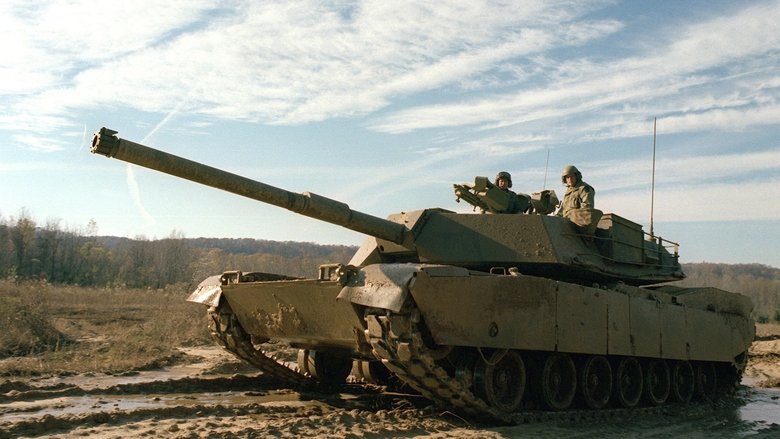

Triggers: Weapons That Changed the World Season 1
Triggers: Weapons That Changed the World is an American television series that premiered on November 30, 2011 on the Military Channel. The program features former United States Army Ranger, United States Air Force Pararescueman and star of Military's hit series Special Ops Mission Wil Willis. In each episode, Willis tests a series of iconic firearms, from muskets and pistols to assault rifles and rocket-propelled grenades, and examines their historical significance. The premiere episode looks at the evolution of the handgun, going back to its earliest days on 16th century battlefields. Mike Tristano provided most of the weapons featured on the show. He is a fully licensed Master Armorer with over 25 years of experience and more than 400 film and television credits. The series was broadcast weekly in the UK on the Freeview channel Quest starting on Thursday 17 May 2012. The initial word of the title was dropped, giving the shorter form Weapons that Changed the World.
Watch Trailer
Triggers: Weapons That Changed the World Season 1 Full Episode Guide
A rocket-propelled grenade (often abbreviated RPG) is a shoulder-fired, anti-tank weapon system that fires rockets equipped with an explosive warhead. These warheads are affixed to a rocket motor and stabilized in flight with fins. Some types of RPG are reloadable, while others are single-use. RPGs, with the exception of self-contained versions, are loaded from the muzzle.[1] RPGs with HEAT warheads are very effective against armored vehicles such as armored personnel carriers (APCs).
The AK-47 is a selective-fire, gas-operated 7.62×39mm assault rifle, first developed in the USSR by Mikhail Kalashnikov. It is officially known as Avtomat Kalashnikova. Design work on the AK-47 began in the last year of World War II (1945). The original AK-47 was one of the first assault rifles of 2nd generation, after the German StG 44. Even after six decades the model and its variants remain the most widely used and popular assault rifles in the world because of their durability, low production cost, and ease of use.
The M777 howitzer is a towed 155 mm artillery piece, successor to the M198 howitzer in the United States Marine Corps and United States Army. The M777 uses a digital fire-control system similar to that found on self-propelled howitzers such as the M109A6 Paladin to provide navigation, pointing and self-location. The M777 is also often combined with the Excalibur GPS-guided munition, which allows accurate fire at a range of up to 25 miles (40 km). This almost doubles the area covered by a single battery to about 5,000 km2.
The Thompson is an American submachine gun, designed by John Taliaferro Thompson in 1919, that acquired great fame during the Prohibition times. The Thompson was prized for its ergonomics, compactness, reliability, high rate of fire in automatic mode and use the .45 ACP ammunition. It was used by the Armed Forces of the United States during World War II.
The M1 Garand is a semi-automatic rifle chambered for the .30-06 Springfield rifle cartridge. It was the first semi-automatic rifle to be generally issued to the infantry of any nation. Called "the greatest battle implement ever devised" by General George S. Patton, the Garand officially replaced the bolt-action M1903 Springfield as the standard service rifle of the United States Armed Forces in 1936 and was subsequently replaced by the selective fire M14 in 1957.
The M1911 is a single-action, semi-automatic, magazine-fed, recoil-operated handgun chambered for the .45 ACP cartridge, which served as the standard-issue sidearm for the United States armed forces from 1911 to 1985. It was widely used in World War I, World War II, the Korean War, and the Vietnam War.